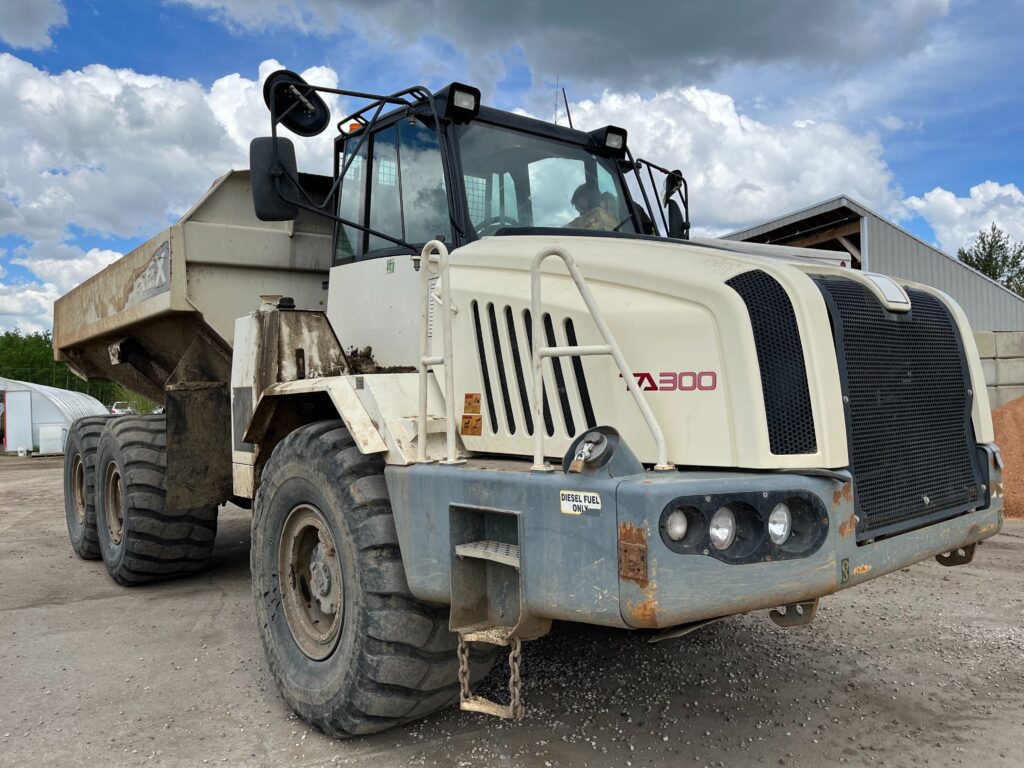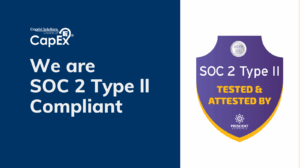Do you know which lease to use to protect your assets?
Let’s find out.
As you are aware, leasing equipment is an alternative to purchasing it. In order to accomplish this, two types of leases are used: capital and operating leases. Each serves a different purpose and appears differently in the books.
A capital lease is similar to owning property, whereas an operating lease is equivalent to renting it. There is a notable distinction between the two. Let us walk you through these two options so you can understand how they differ in treatment.
Capital Lease
A capital lease is a type of debt that depreciates over time and accrues interest.
The lease becomes a capital lease when the following conditions are met:
1. At the end of the term, ownership is transferred.
2. When the equipment can be purchased at a lower cost at the end of the term
Operational Lease
An operating lease is a short-term lease that functions similarly to renting (there is no transfer of ownership). Leasing is treated as an operating expense and is reported on the income statement because lease payments are made. That is what distinguishes it from a capital lease. An operational lease is used to lease long-term assets while also providing the lessee with ownership rights. Capital and operating leases are treated differently on the accounting books.
Putting down a capital lease is much more complicated than putting down an operating lease. Lease payments are considered operating expenses and are reported as such on the income statement. The asset does not appear on the balance sheet because the company does not own it.
A capital lease has several advantages. Let’s look at three of them:
- The lessee can claim that the asset is depreciating, reducing taxable income.
- Interest expense also works to reduce taxable income.
- Companies in a higher tax bracket are far more likely to classify a lease as a capital lease.
The Advantage of an Operating Lease
- An operating lease has several advantages. Here are a few examples:
- Operating leases are more flexible because they can replace or update their assets more frequently. Accounting for an operating lease is simplified.
- You can deduct taxes from the lease payment.
Various businesses use these two leasing methods. This necessitates an understanding of accounting procedures as well as tax implications for both the owner and the lessee.
These two types of leases each have their own set of benefits. As a business owner, you may choose one or the other depending on the requirement and tax situation.





